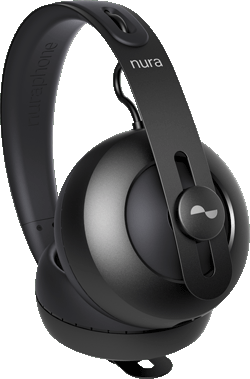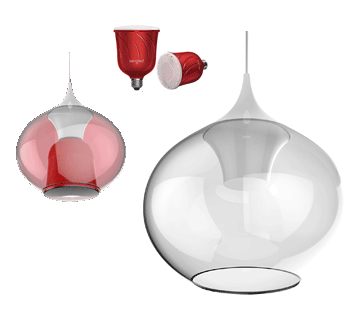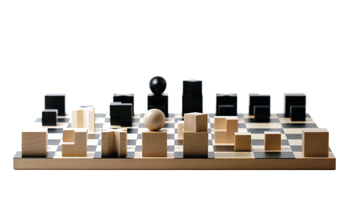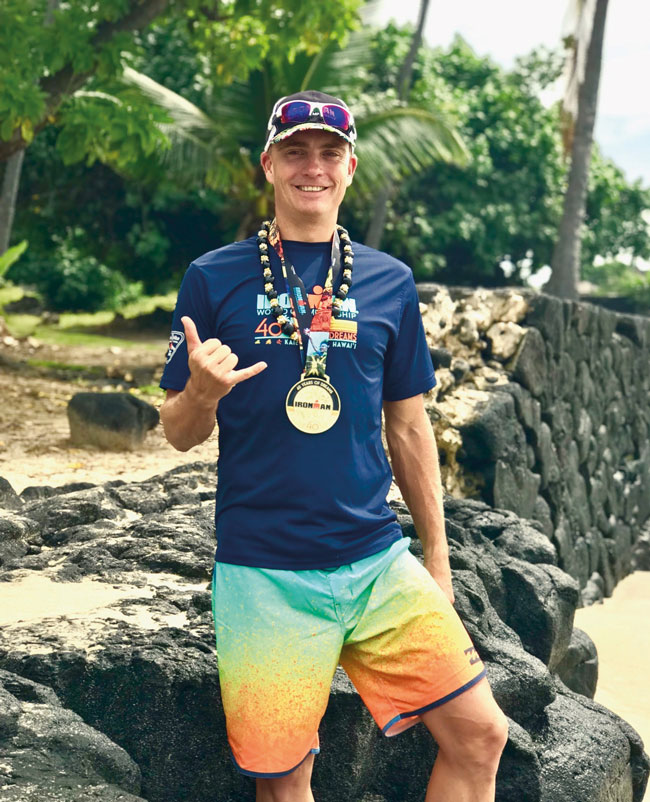The “Ironman” is the most challenging variation of this endurance sport consisting of swimming, cycling and running. But there are also triathlon races that non-pro athletes can easily tackle.
A
t the beginning, it was just a crazy idea. In 1978, some endurance athletes in Hawaii were debating which discipline demands the highest level of fitness: Running? Swimming? Cycling? One of them suggested they put it to the test and combine all three sports in one race, without a break: 3.8 kilometers swimming. 180 kilometers cycling. And then a 42-kilometer marathon – something for athletes with iron fitness; that is where the name comes from. On February 18, 1978, the first “Ironman” triathlon in history took place in Oahu. Sixteen participants stepped up to the starting line. Twelve “iron men” crossed the finish line.
The history of the origins of Ironman perfectly reflects the steadily growing community of enthusiastic triathletes all over the world. Because they are always considered a little bit crazy by other athletes, considering the insane distances in an Ironman championship.
“The important thing for professionals and Amateur: Never forget that you do it because you love it”
– Jan Frodeno –
Anyone can participate
With triathlons, people can start small because they are not all automatically like the Ironman. There are many different distances, some of which can be achieved by amateur athletes with a bit of training. The following variations are most widespread
+ Super-Sprint: 400 meters swimming, 10 kilometers cycling, 2.5 kilometers running
+ Sprint: 500 or 750 meters swimming, 20 kilometers cycling, 5 kilometers running
+ Olympic distance: 1,500 meters swimming, 40 kilometers cycling, 10 kilometers running
+ Middle distance: 1.9 kilometers swimming, 90 kilometers cycling, 21.1 running (half marathon)
+ Long distance (Ironman): 3.8 kilometers swimming, 180 kilometers cycling, 42.2 kilometers running (marathon)
Sometimes, even shorter distances are offered at open races. With a good general level of fitness and some training, you can sign right up. You don’t even need to invest much in equipment at first. “To get started and take part, perhaps, in an open race, all you need is swimwear, sneakers, athlete shorts and a t-shirt, a helmet and a bike.
It doesn’t even have to be a racing bike. An ordinary street bike or mountain bike is fine, too,” Nils Flieshardt (40), editor-in-chief of the magazine ‘triathlon’ explains. “Just with shoes, it is important to make sure from the beginning that they are suitable with regard to running style, body weight and any malalignments of the foot. It is best to ask for advice at a specialty store.”
Growing popularity
The fact that it is easy to start is one reason for the growing popularity of triathlons all over Europe. The number of participants in races borders on the millions. In Germany alone, more than 270,000 people participated in 630 events last year, including many amateur athletes, according to the German Triathlon Union.
More gear needed for greater ambitions
Those who would like to participate more intensively must, however, also invest a bit more. Flieshardt says, “For more challenging ambitions, you should really buy a racing bike. It doesn’t have to be a special triathlon bike yet. Standard racing bikes can be equipped with clip-ons for better aerodynamics. For some triathlons, neoprene wetsuits are mandatory.”
The expert estimates that proper basic gear costs about 1,700 euros (see box). Athletes should plan to train at least ten weeks with four to six hours of training per week to prepare for a first triathlon with Olympic distance. But Nils Flieshardt also warns against overdoing it. “Too much training can also be harmful. Beginners should include at least one recovery day per week.”
It is important to take a relaxed approach to all, anyway. The goal for your first triathlon should just be to have fun and reach the finish line. Not everyone can be an Ironman right away.






